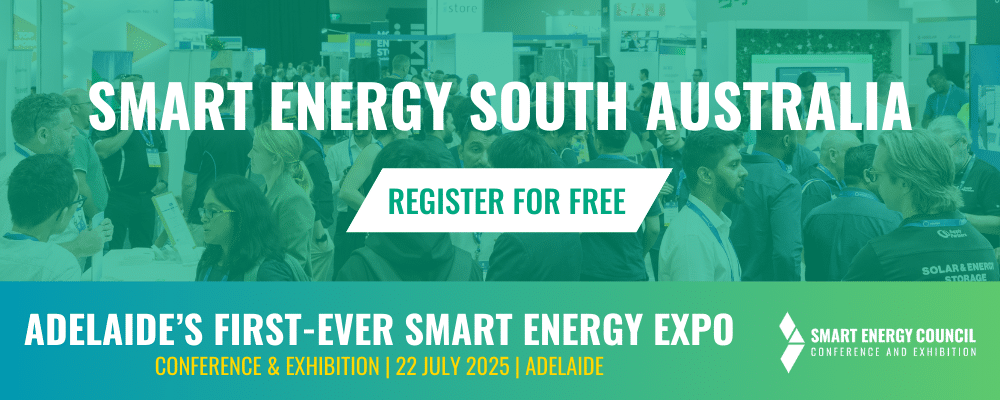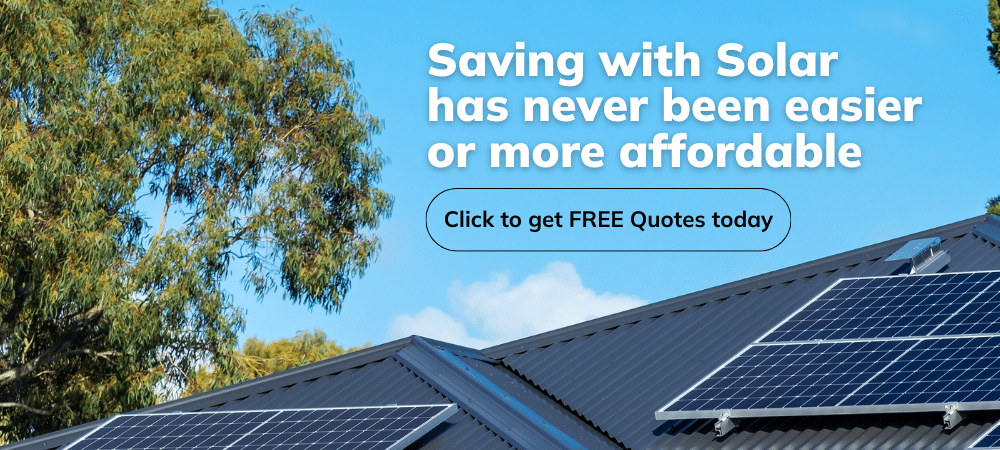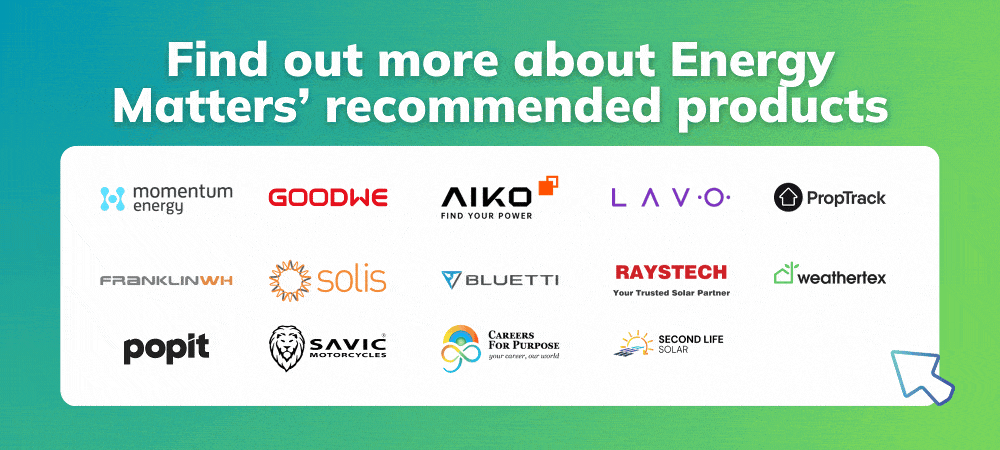Hydropower systems play a pivotal role in Australia’s renewable energy landscape, offering a reliable and sustainable source of electricity. Despite the country’s arid climate, innovative engineering and strategic planning have effectively utilised water resources for energy generation.
This comprehensive guide delves into how hydroelectric systems work in Australia, exploring their mechanisms, benefits, and prospects. At Energy Matters, we empower individuals with knowledge to make informed decisions about energy solutions.
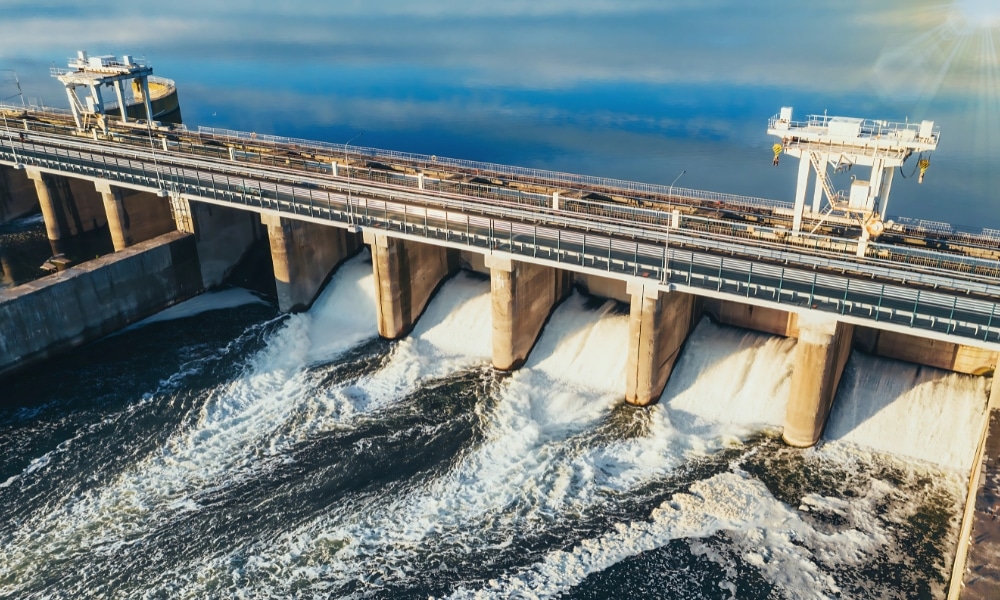
On this page
Understanding hydropower systems
Hydropower system explained
A hydropower system harnesses the kinetic energy of flowing water to generate electricity. In Australia, these systems are predominantly located in regions with significant rainfall and elevation, such as Tasmania and the Snowy Mountains. The country’s largest hydro scheme, the Snowy Mountains Hydro-electric Scheme, boasts a capacity of 3,800 MW and accounts for approximately half of Australia’s total hydroelectric generation capacity.
Did you know Energy Matters is Australia’s largest renewable news, blog and educational resource? Subscribe to Energy Matters’ weekly newsletter and keep updated even with incentives, rebates and recommended solar product offers.
Components of a hydropower system
- Reservoir: Stores water at a higher elevation.
- Dam: Controls water flow and creates the necessary head.
- Penstock: A conduit that channels water to the turbines.
- Turbine: Converts water’s kinetic energy into mechanical energy.
- Generator: Transforms mechanical energy into electricity.
- Transformer: Adjusts voltage levels for transmission.
How hydroelectric systems work
Hydroelectric systems operate by converting the potential energy of stored water into mechanical energy through turbines, which is then transformed into electrical energy via generators. The process involves:
- Water storage: Water is stored in a reservoir or dam at a higher elevation.
- Water release: When electricity demand arises, water is released, flowing through turbines.
- Energy conversion: The flowing water spins the turbines, activating electricity generators.
- Water discharge: After passing through the turbines, water is discharged into a downstream river or reservoir.
This method provides a reliable and controllable renewable energy source that adjusts output to match demand fluctuations.
Major Hydroelectric Systems in Australia
Snowy Mountains Scheme
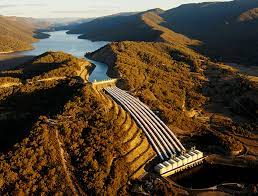
The Snowy Mountains Scheme is Australia’s most extensive hydroelectric project, featuring:
- 16 major dams
- 8 power stations
- 145 km of interconnected tunnels
- 80 km of aqueducts
This scheme diverts water from the Snowy River to the Murray and Murrumbidgee Rivers, providing irrigation and electricity. With a capacity of 4,100 MW, it supplies power to New South Wales, Victoria, and the Australian Capital Territory.
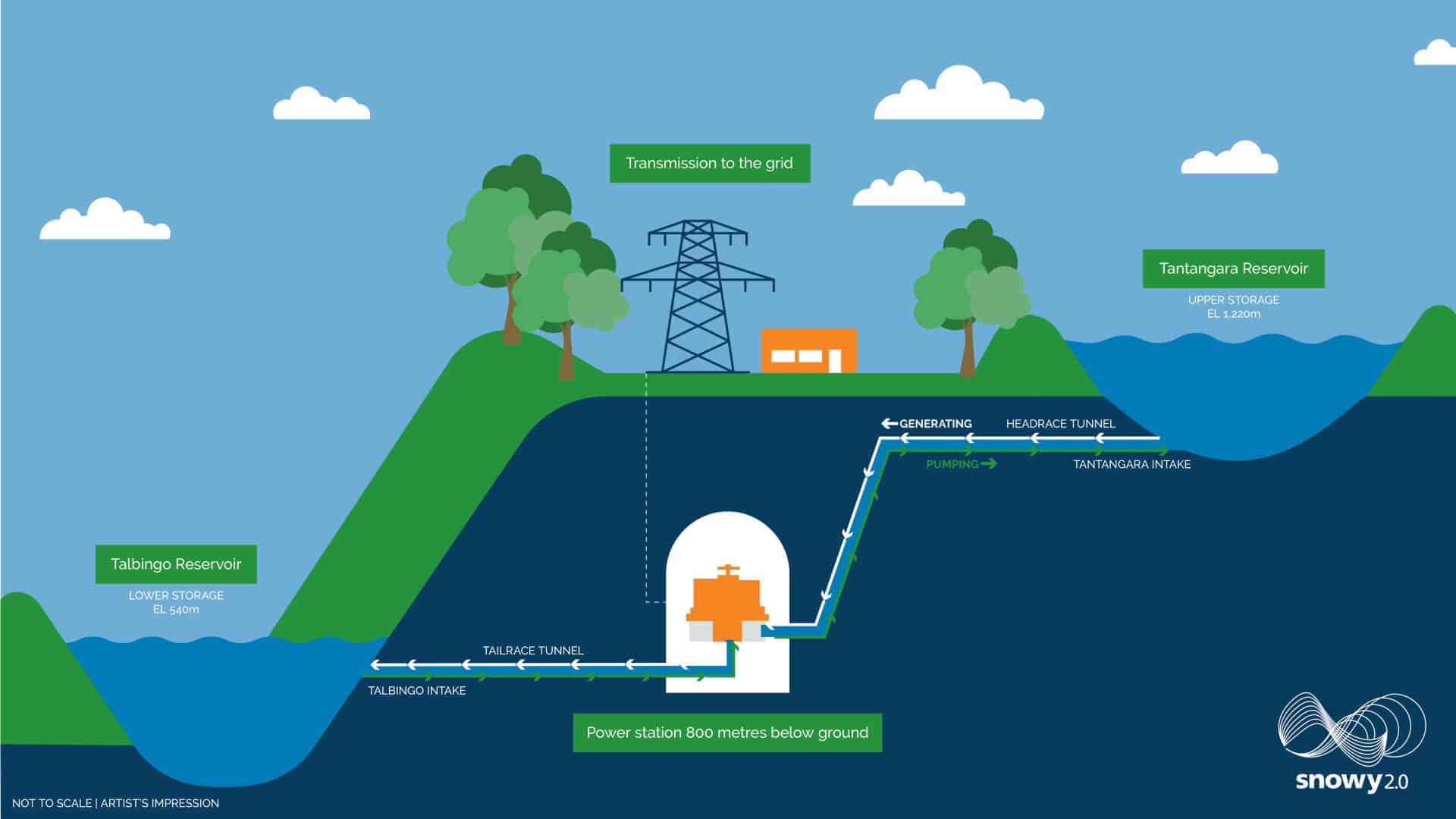
Tasmanian hydropower
Known as the “Powerhouse State,” Tasmania relies heavily on hydropower, which accounts for most of its electricity generation. Hydro Tasmania operates over 30 power stations. Cethana and Poatina Power Stations are part of Tasmania’s many renewable energy projects, contributing to the state’s clean energy supply.
Learn more about Hydro Tasmania’s power stations featured in Energy Matters.
Challenges and considerations for hydropower development
Despite its numerous benefits, hydropower development in Australia also faces certain challenges and considerations:
- Environmental impacts: The construction of dams can have significant environmental impacts on river ecosystems, including altering water flow regimes, affecting fish migration, and changing habitat. Careful ecological assessments and mitigation measures are crucial.
- Climate change impacts: Changes in rainfall patterns and increased frequency of droughts due to climate change can affect water supply reliability for hydropower generation.
- High initial capital costs: The construction of large-scale hydropower systems involves substantial upfront capital investment.
- Geographical limitations: Suitable sites for large hydropower projects are often located in specific regions with sufficient water resources and topography.
- Social impacts: Dam construction can sometimes lead to the displacement of communities and impact cultural heritage sites.
The future of hydropower: Opportunities and trends
While large-scale conventional hydropower development may be limited due to environmental and geographical constraints, the future of hydropower in Australia holds promising opportunities, particularly in pumped hydro energy storage.
- Pumped Hydro Energy Storage (PHES): PHES is gaining increasing recognition as a crucial technology for supporting the transition to a higher penetration of variable renewable energy sources. Australia has significant potential for PHES development, with numerous off-river sites identified—projects like Snowy 2.0 aim to provide large-scale energy storage and grid stability. As of early 2025, several pumped hydro projects are under development nationwide.
- Small-scale hydropower: Run-of-river hydropower systems, which do not require large dams and reservoirs, can offer a more environmentally friendly approach to harnessing water energy in suitable locations. These smaller systems can provide power for remote communities or supplement the grid supply.
- Modernisation and efficiency improvements: Upgrading existing hydropower plants with modern turbines and control systems can improve their efficiency and extend their operational lifespan.
The principles of how hydroelectric systems work remain the same, but technological advancements are leading to more efficient and environmentally conscious designs. Integrating hydropower, particularly pumped hydro, with other renewable energy sources is crucial for building Australia’s reliable and sustainable future.
Sources: Geoscience Australia – Hydro Energy | Queensland Government, Queensland Treasury – Hydroelectricity | Department of Climate Change, Energy, the Environment and Water – Pumped hydro | Australian Renewable Energy Agency – What is pumped hydro and how does it work?
Powering forward with water energy
Hydropower systems represent a vital component of Australia’s energy infrastructure, providing a reliable and relatively clean source of electricity. Understanding the water energy generation process, from the storage of potential energy to the conversion into electrical power, highlights the ingenuity of these systems. While challenges exist, particularly concerning environmental impacts, the ongoing development of pumped hydro energy storage and advancements in small-scale hydropower offer promising avenues for the future.
The power of water is a significant asset in Australia’s energy transition. Let’s continue to support innovation and responsible development in how hydroelectric systems work to ensure a sustainable and secure energy future for all Australians.
Explore more about renewable energy solutions and how you can contribute to a sustainable future. Visit Energy Matters for expert insights and guidance.






